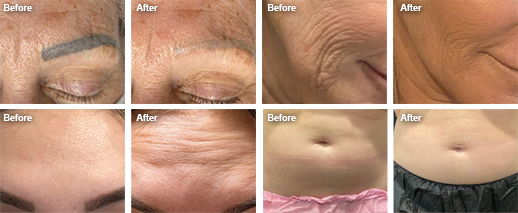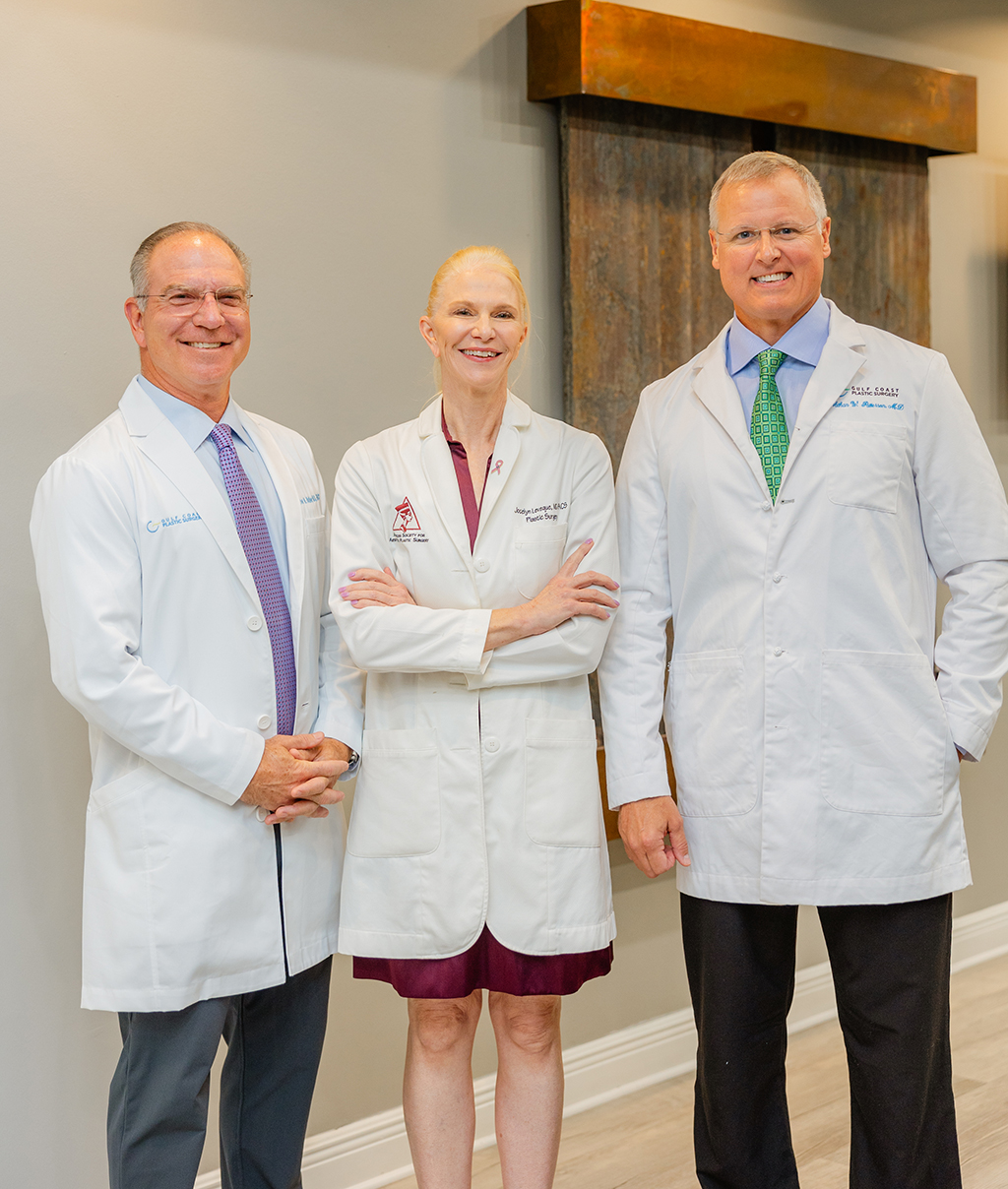Mini – Tummy Tuck Overview
What Is the Difference Between a Mini Tummy Tuck and a Full Tummy Tuck?
Scope of Surgery:
- Mini Tummy Tuck: This procedure focuses on flattening and tightening the lower abdominal area only. It is often a good option for individuals with localized excess fat and loose skin below the navel.
- Tummy Tuck (Abdominoplasty): A full tummy tuck, on the other hand, involves contouring the entire abdominal region. This procedure is necessary when patients have aesthetic concerns in the upper and lower abdominal areas, as well as in cases of separated or stretched abdominal muscles.
Incision Size and Placement:
- Mini Tummy Tuck: The incision made during a mini tummy tuck is typically smaller and placed strategically below the navel, making post-treatment marks easy to conceal.
- Tummy Tuck (Abdominoplasty): A full tummy tuck requires a longer incision, usually from hip to hip. This incision allows for the more intensive modifications needed to firm and flatten the entire abdominal area.
Muscle Repair:
- Mini Tummy Tuck: A mini tummy tuck does not usually focus on muscle repair unless there are minor concerns.
- Tummy Tuck (Abdominoplasty): Full tummy tucks are not limited to removing excess skin and fat but can also tighten and repair weakened and/or separated abdominal muscles to create a significantly flatter and more toned abdominal contour.
Recovery:
- Mini Tummy Tuck: Recovery from a mini tummy tuck is usually shorter and less uncomfortable when compared to a full tummy tuck. Most patients can return to light activities within a week or two.
- Tummy Tuck (Abdominoplasty): A full tummy tuck requires a more extensive recovery and longer period of limited physical activity. It can take several weeks before the patient can fully recover and resume normal activities.
Ideal Candidates:
- Mini Tummy Tuck: Ideal candidates for a mini tummy tuck are individuals with localized lower abdominal concerns who want to improve the appearance of this specific area.
- Tummy Tuck (Abdominoplasty): Full tummy tucks are generally a better option for patients seeking more comprehensive improvements in their abdominal contours and those who require muscle repair, along with skin and fat removal, in order to achieve their cosmetic goals.
Facts About Mini – Tummy Tuck
Typical Timing/Age
30-65 years old
Cost
$6,700 *This is an estimation & prices may vary.
Problems
Excess abdominal skin and subcutaneous fat below the belly button and/or abdominal wall muscle laxity. This is usually caused by pregnancy, weight fluctuations and aging. Excess abdominal skin above the belly button and/or more significant abdominal wall muscle laxity is more effectively addressed with traditional abdominoplasty, not a mini-abdominoplasty.
Goal
To improve lower abdominal contour.
Facility
Surgery Center or Hospital
Anesthesia
General anesthesia
Hospital stay
A mini-abdominoplasty is an outpatient surgery. This means you can safely return home the same day the procedure is performed. A long hospital stay is not required.
Work
Most patients can return to work 1-2 days after surgery, depending on the type of work.
Swelling
Can persist for 3-6 months
Bruising
Usually subsides after 2-3 weeks
Risks & Complications
Hematoma, seroma, infection, poor scarring, dehiscence, delayed wound healing, skin necrosis, asymmetry, numbness, thromboembolism, contour irregularities, need for revision, and complications related to anesthesia.
Procedure
Through a horizontal incision on your lower abdomen excess skin and subcutaneous fat are removed. Also through this incision, your abdominal wall muscles are sutured together to improve your abdominal contour. There are no sutures to remove, as they are all internal. The resultant scars are horizontal across your lower abdomen. A mini-abdominoplasty leaves no scar around your belly button because only the tissues below the belly button are addressed. Depending on your abdomen, drains may or may not be used.
Preparation
Patients should be at a stable weight and should avoid using any nicotine-containing substances.
Positioning
After a mini-abdominoplasty, you will need to keep your hips flexed at all times for 1-2 weeks to help minimize the tension on your skin incision. This means walking around a little hunched over and sleeping in a recliner or in bed with pillows under your back and under your knees.
Assistance
After undergoing a mini tummy tuck, you will need assistance with some of your normal daily activities as you rest and recover. It is important that you have someone available to help take care of you after surgery as you will not be able to lift children, heavy items, etc.
Walking
You are encouraged to walk around as much as possible to help reduce the risk of DVT and thromboembolism.
Showering
After 48 hours you should remove your dressings and take a shower.
Exercise
1 week for light exercise. 3 weeks for regular exercise. 6 weeks for abdominal exercises.
Sex
Wait 3 weeks because you don’t want to stress your incisions or increase your blood pressure during the early healing period.
Work
1-2 weeks depending on your type of work
Contact Our Office
A mini tummy tuck is an excellent cosmetic procedure for those with stubborn fat and loose skin in the abdominal region who want to improve their abdominal contours. If you’re interested in learning more about the mini tummy tuck in Pensacola, FL, contact Gulf Coast Plastic Surgery to schedule your consultation today.
Related Procedures
Mommy Makeover
Tummy Tuck
Upper Body Lift
Liposuction
Before & After Gallery
Procedures are performed by board-certified by the American Board of Plastic Surgeons, Dr. Butler, Dr. Leveque, and Dr. Patterson in Pensacola, FL.


Meet Our Team
At Gulf Coast Plastic Surgery, we understand that the selection of a plastic surgeon is an extremely important decision for any prospective patient. We believe communication, education and individualized patient care are the foundation for creating a strong and trusting patient-physician relationship. Our entire staff is absolutely committed to providing compassionate, personalized, individual attention before, during, and after surgery. We work together to deliver the best possible aesthetic outcomes in a setting that embodies the standards and lifestyle you seek.
We Accept Financing
Gulf Coast Plastic Surgery offers a variety of payment options so that your cosmetic surgery will suit your budget. All major credit cards are accepted, and financing plans are available.






